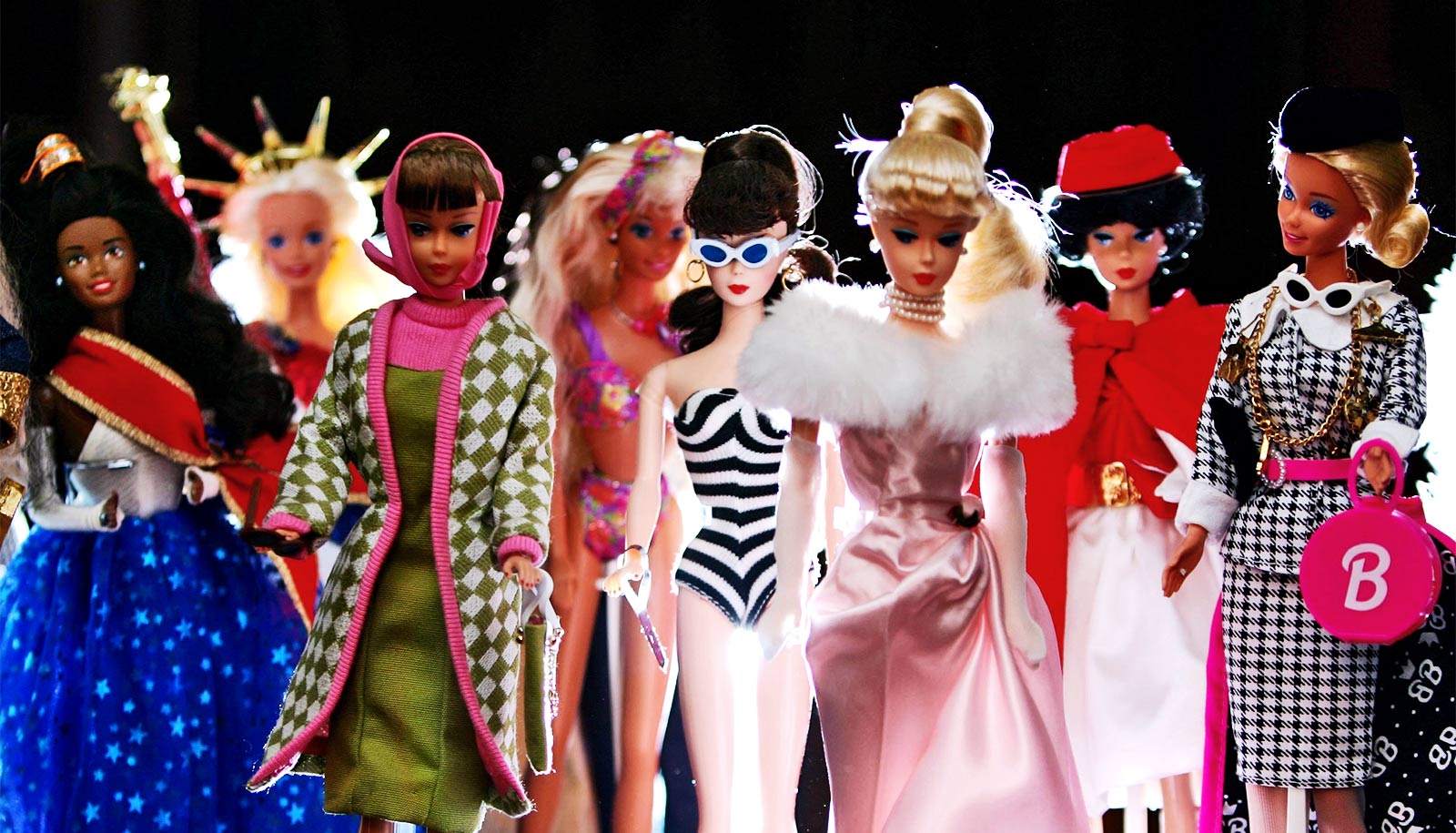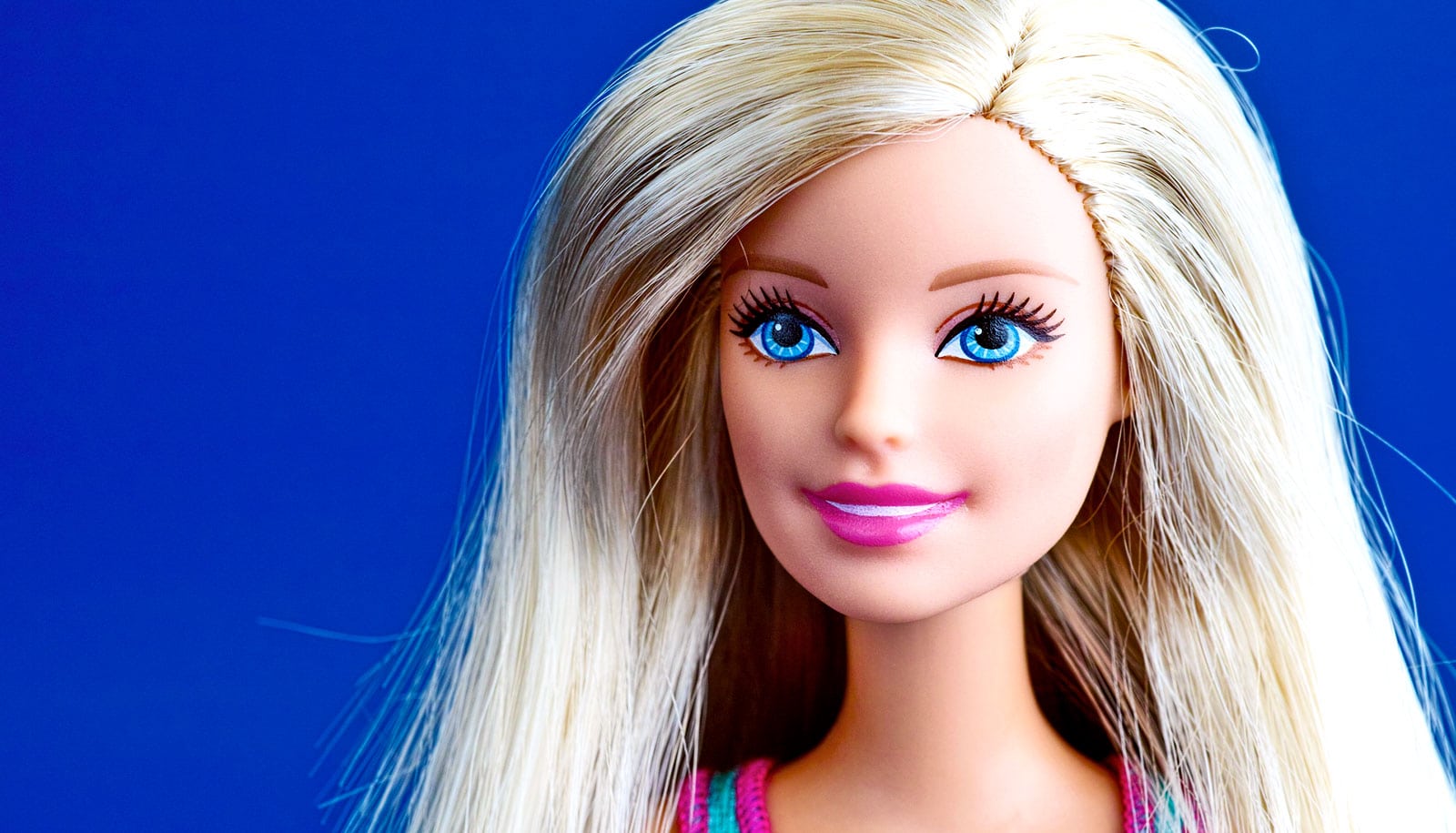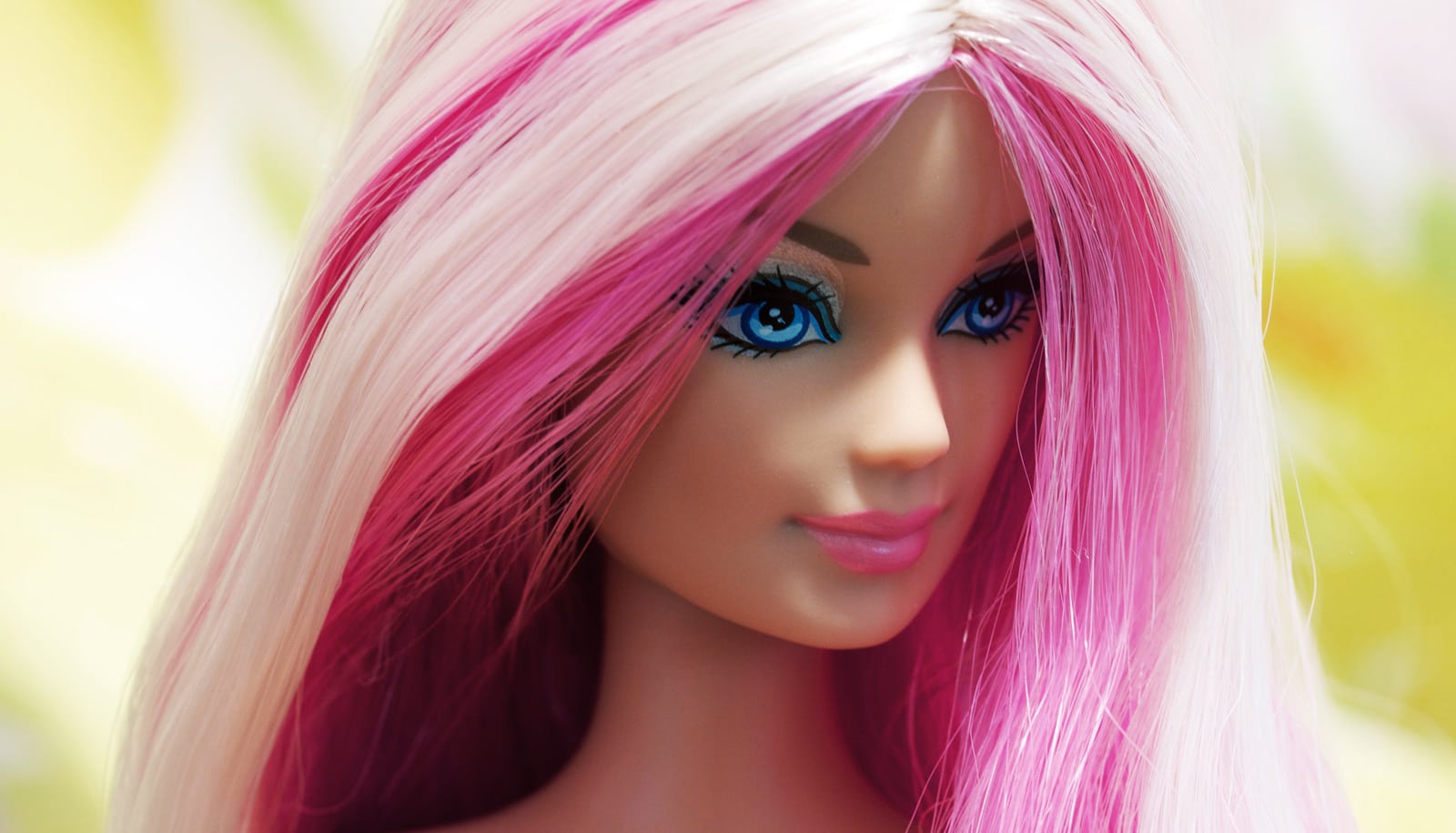As Barbie move to the big screen, two professors explain the iconic doll’s impact on fashion, culture, and generations of children.
Since making her debut in 1959 at the New York Toy Fair, Barbie has become a global sensation. Her maker, Mattel, says the dolls can be found on shelves in more than 150 countries and estimates more than 100 dolls are sold every minute worldwide. She has saved lives as a surgeon, traveled to space as an astronaut and even run for president on multiple occasions. Barbie has amassed more than 19 million followers on her social media channels and has been a muse for artists including Andy Warhol and designers such as Oscar de la Renta. Release of the Barbie movie July 21 further cements her iconic status.
Barbie—full name Barbara Millicent Roberts, according to Mattel—is a fashion icon, with a professional staff of designers, makeup artists and others, helping to create her looks.
“Simply put, whatever Barbie is wearing is fashionable because Barbie is wearing it,” says Hope Simpara, associate professor of practice in fashion industry science and technology in the University of Arizona John and Doris Norton School of Human Ecology.
Legendary French designer Yves Saint Laurent famously says that he regularly kept an eye on what Barbie was wearing, which included one of his own dresses in 2018. In 2014, American designer Jeremy Scott created an entire show for Italian luxury brand Moschino inspired by Barbie and her dream wardrobe. The movie will only give Barbie a stronger presence in the fashion world, Simpara says.
“The Barbie pink has been showing up more recently in hair accessories, handbags, shoes, and belts,” Simpara says. “Because the movie is coming out in the summer, we will really see the pink explode into clothes in the fall (fashion) shows.”
Barbie often fills another important role in the fashion industry. Simpara says the doll is frequently the first “fit model” for aspiring designers, Simpara included. While necessity led Simpara to learn the basics of sewing as a child, Barbie allowed her to get creative.
“I had to do the alterations on my own clothes as a kid because my mother could not sew at all,” Simpara says. “But with Barbie, I could make entire outfits. I made all kinds of dresses. Barbie got plenty of haircuts.”
Simpara says she outfitted her Barbies in the same way many children did—cutting up the dresses and other accessories she had and combining them to create new patterns and outfits. Partnerships that Mattel forged with fashion icons like de la Renta to produce clothing and accessories for the dolls also provided Simpara with her first exposure to big-name designers.
Barbie’s influence continues with the next generation of designers, Simpara says, and her own students are evidence of that.
“I give a poll on the first day of classes each year and I ask what got my students interested in fashion,” Simpara says. “About 80% will say they made clothes for their dolls as a kid. I feel like it’s a coming-of-age story for most people. It’s when they first start talking about design.”
Barbie frequently shows up in student projects as well, Simpara says, from analyzing the “Barbiecore” fashion trend to creating Barbie-themed photo shoots.
Figure of controversy
Barbie’s impact on girls and young women hasn’t always been positive. Since the doll first hit store shelves, her body has been at the center of controversy. Mattel’s own market study before the doll’s release showed some parents were concerned Barbie had “too much of a figure.” Over the decades, however, her body type has more often drawn criticism about the beauty standards it portrays.
The standard Barbie doll stands 11.5 inches tall, meant to be about a 1:6 scale model of a 5-foot-9-inch woman. However, her body type, compared to actual humans, is not only unrealistic, it’s actually physically impossible, says Jennifer Stevens Aubrey, a professor in the University of Arizona communication department.
“It creates an unrealistic relationship with your body, in that you expect your own body to adhere to the standards of being very tall, very thin, blonde—a very specific beauty ideal,” says Stevens Aubrey, whose research focuses on the effects of media on young people, specifically in the areas of health, body image, and sexuality. “When your body doesn’t match that standard, you can feel dissatisfied and ashamed.”
Mattel has made moves over the years to help Barbie more accurately mirror the world and people around her. In 1968, the company introduced Christie, a Black doll created to be a friend of Barbie. In 1980, Mattel released the first Black and Hispanic dolls named Barbie. The company looked to address the body type issue in 2016 by introducing three new body types for its dolls: curvy, petite. and tall. Stevens Aubrey says it’s a good start to what will be a long process.
“It’s going to take a while to unpack and undo the assumptions that Barbie conjures for most people,” Stevens Aubrey says. “These are steps in the right direction, but it’s not going to be an immediate fix.”
The push toward inclusion is a benefit on the fashion side as well, Simpara says. Mattel’s roster of Barbie dolls includes dozens of skin tones and hairstyles, as well as dolls with disabilities and those that use mobility aids and adaptive technology. The variety better reflects the diverse audience that designers are looking to attract.
“This is a great opportunity for young designers to start thinking about these things,” Simpara says. “For example, you have a doll in a wheelchair. What might make it easier to get the clothes on and off the Barbie? These are challenges designers will have to think about later.”
Barbie’s professional persona has evolved over the decades as well. In the 1960s, she was seen in professions including teaching, dancing, and fashion. Today, Barbie has had over 250 careers, including CEO, entrepreneur, microbiologist, robotics engineer, firefighter, Canadian Mountie, judge, and more.
Barbie on the silver screen
Simpara and Stevens Aubrey both say they are excited to head to theaters to see the Barbie movie, which is expected to be a big box office success. Directed by Greta Gerwig and starring Margot Robbie as Barbie and Ryan Gosling as Ken, the film is projected by many insiders to bring in $80 million or more in its opening weekend.
While it’s fair to assume the movie will serve as a love letter to all things Barbie, Stevens Aubrey says she hopes audiences can leave with a more powerful message.
“It’s OK to embrace femininity,” she says. “I hope people will see that wearing pink and liking feminine things are not things you have to be ashamed of.”
Source: University of Arizona


